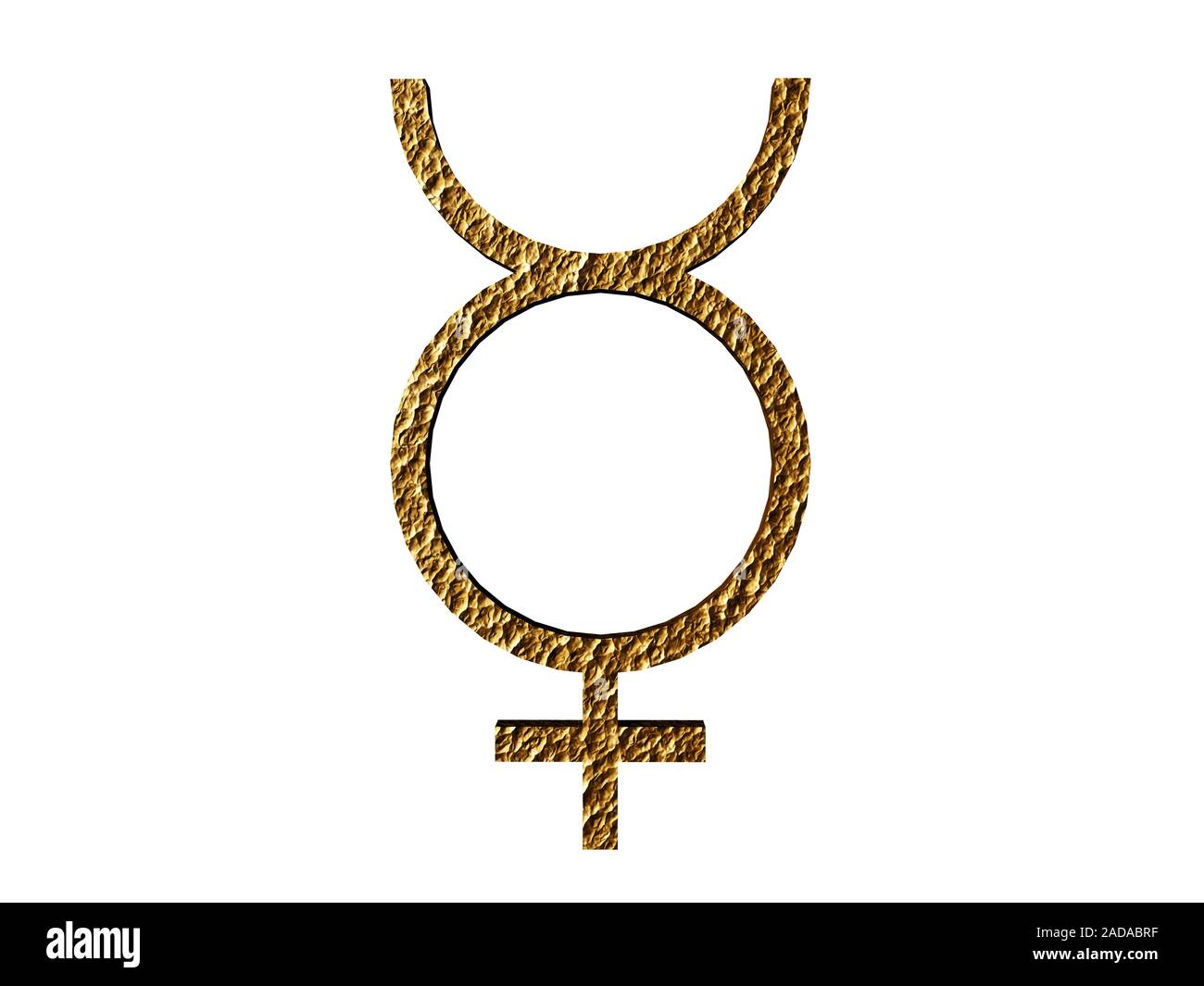

Quicksilver (named mercurius philosophorum) was believed to be the basis of all substances and this element has been represented by the caduceus for many centuries. Medieval alchemy used the Caduceus to represent preparations containing quicksilver, later known as mercury. Its first appearance as a medical symbol can be traced back to 1st−4th century CE in oculists' stamps that were found mostly in Celtic areas, such as Gaul, Germany and Britain, which had an engraving of the name of the physician, the name of the special medicine or medical formula and the disease for which the medicine was to be used. The Caduceus became a symbol of alchemy and pharmacy in medieval Europe. Medieval times The spirit of medicine, as imagined by Salomon Trismosin, 1582 although these various factors may link Hermes/Mercury, along with his Caduceus, with alchemical medicine, they may just as well link all the other non-medical aspects of alchemy with Hermes/Mercury and the Caduceus". He notes that "there are very definite connections between medicine and (Hermes)- Thoth, who later became known as Hermes Trismegistus. Walter Friedlander proposed that early association of the Caduceus with medicine might have derived from the association of Hermes Trismegistus ("Thrice-Great Hermes") with early chemistry and medicine as aspects of alchemy as an esoteric practice. It is believed likely that rather than being evidence of a medical association per se, this is rather an allusion to the words of the Greek poet Homer who described the Caduceus as "possessing the ability to charm the eyes of men", which relates to the business of an oculist.

The seal was apparently used to mark preparations of eye medicine. The Guildhall Museum in London holds a 3rd-century oculist's seal with Caduceus symbols both top and bottom. It is likely linked to the alchemical "universal solvent", Azoth, the symbol of which was the caduceus.

While there is ample historical evidence of the use of the Caduceus, or Herald's Staff, to represent Hermes or Mercury (and by extension commerce and negotiation), early evidence of any symbolic association between the Caduceus and medicine or medical practice is scarce and ambiguous. Before the ancient Romans and Greeks (about 2612 BCE), older representations from Syria and India of sticks and animals looking like serpents or worms are interpreted by some as a direct representation of traditional treatment of dracunculiasis, the Guinea worm disease.


 0 kommentar(er)
0 kommentar(er)
